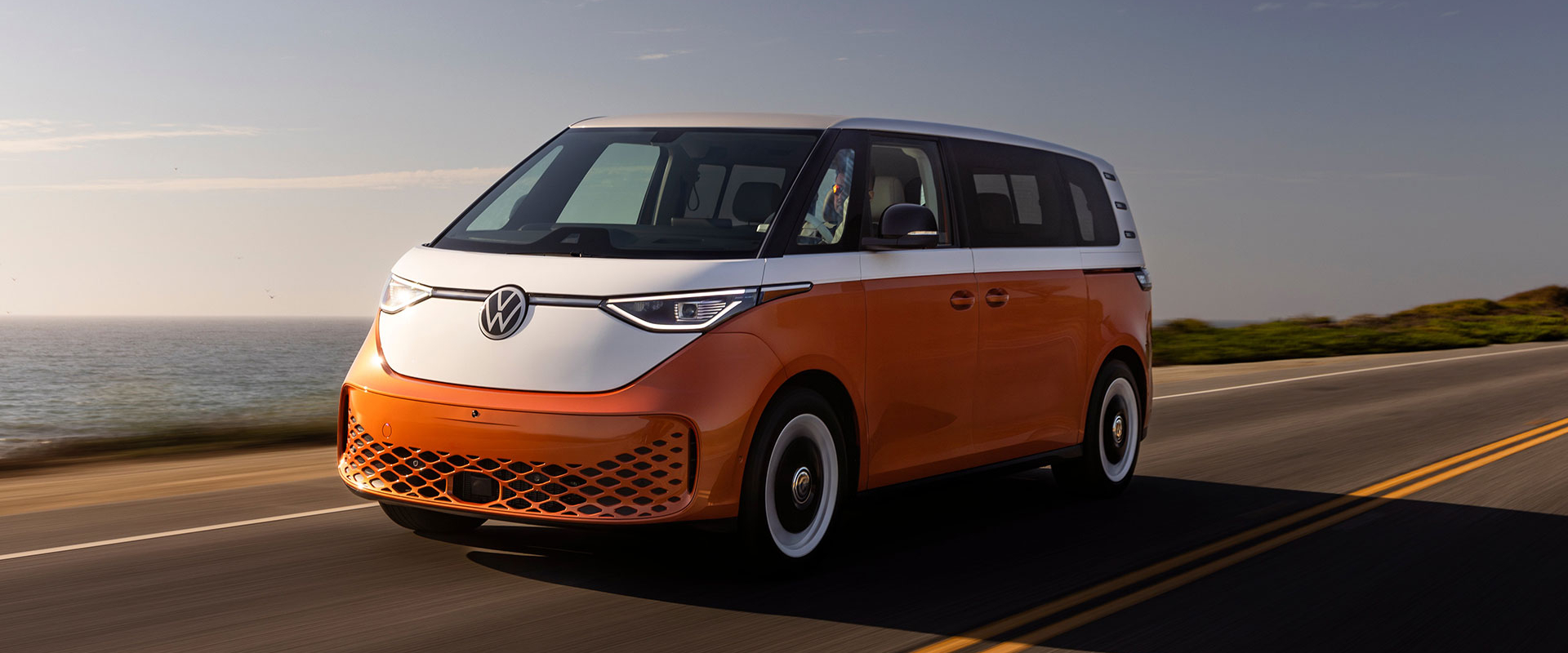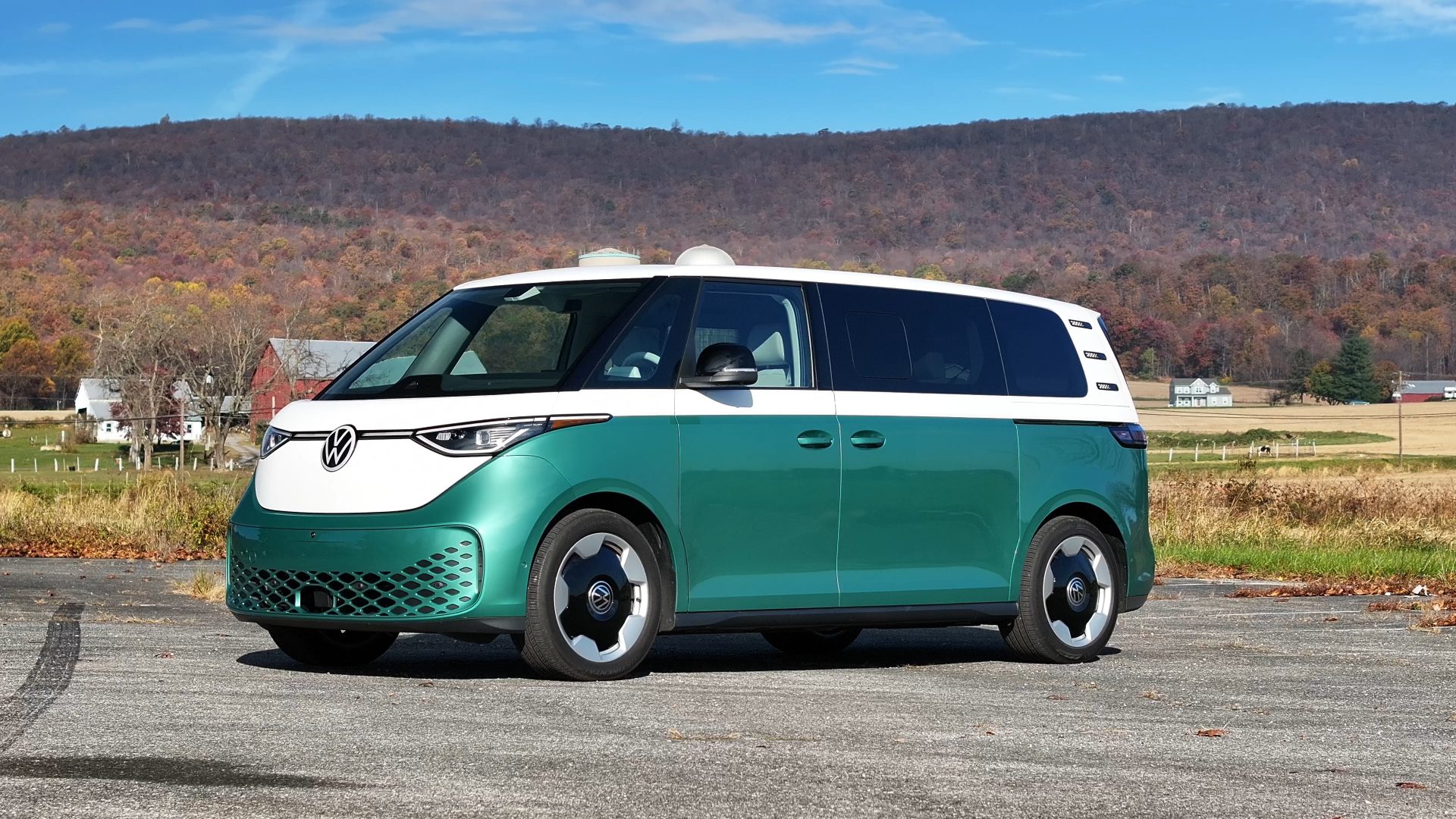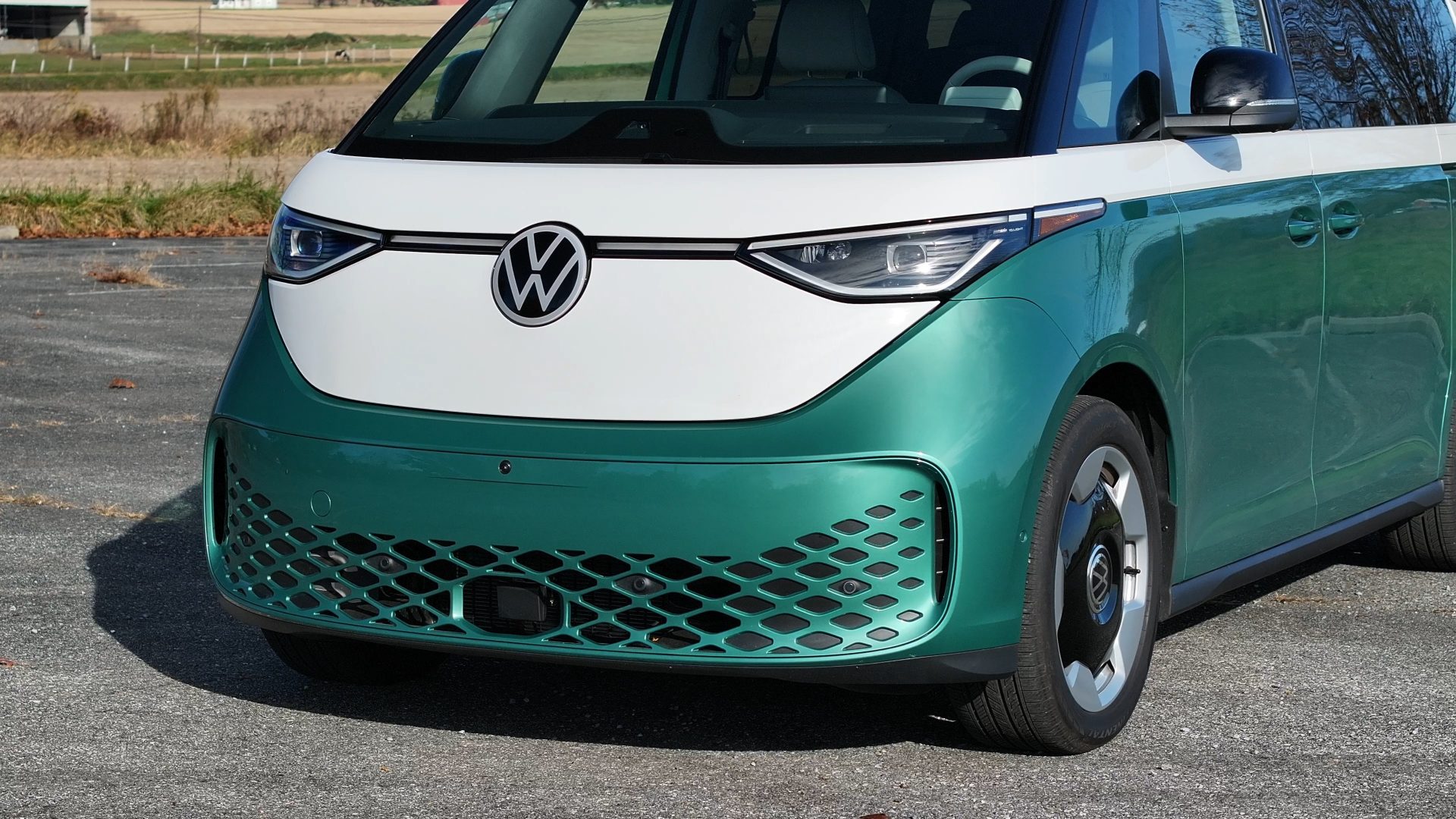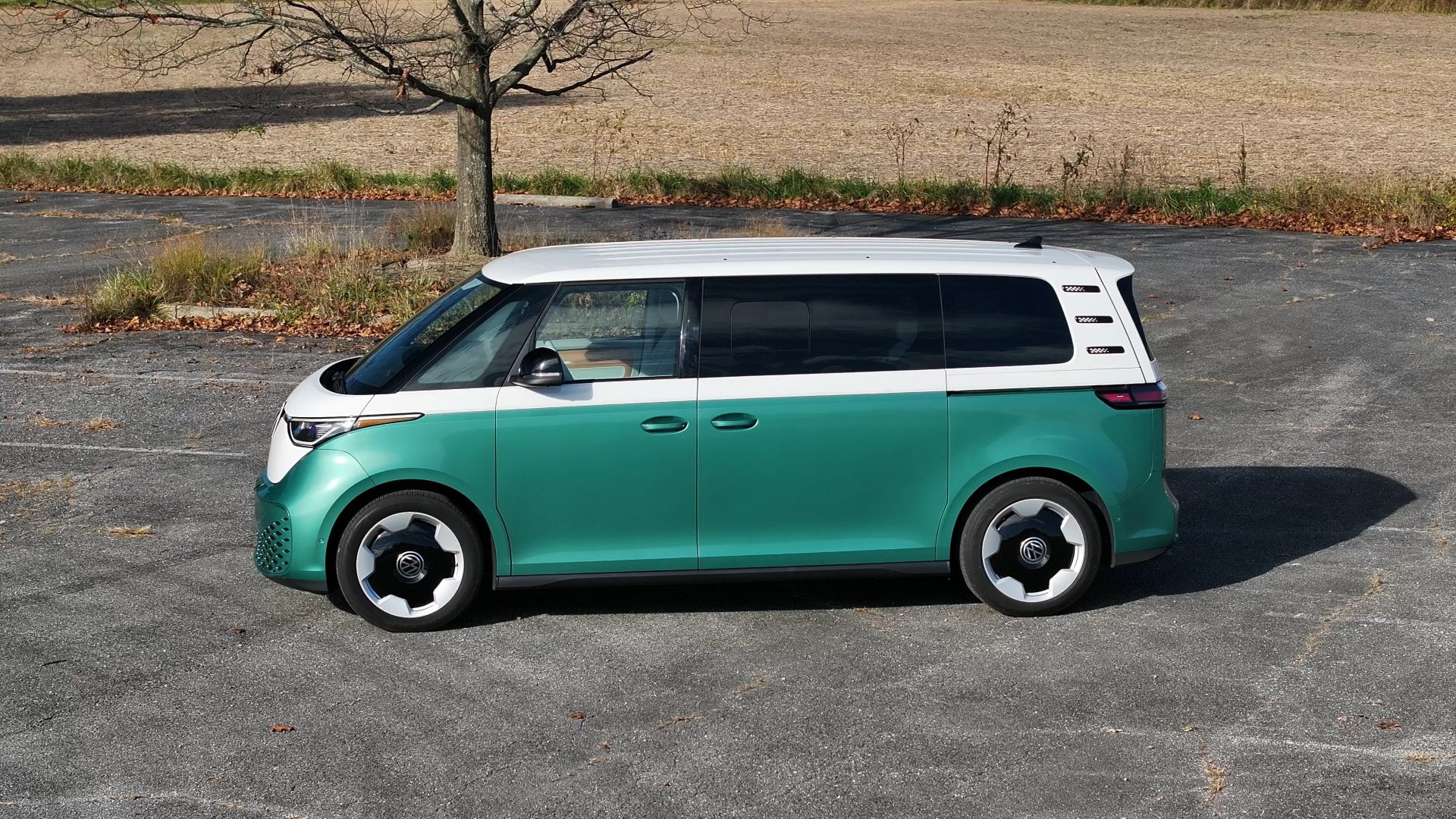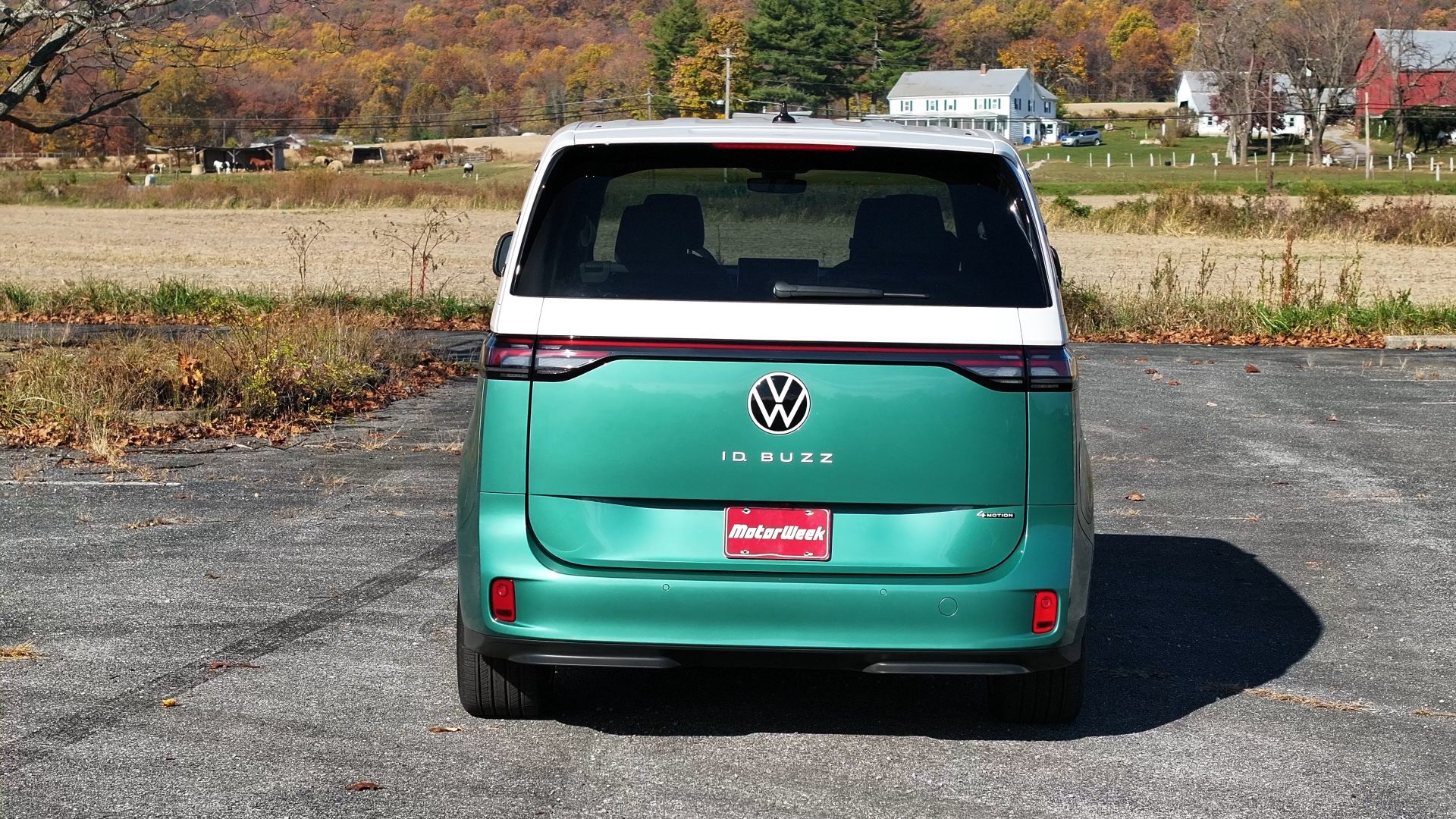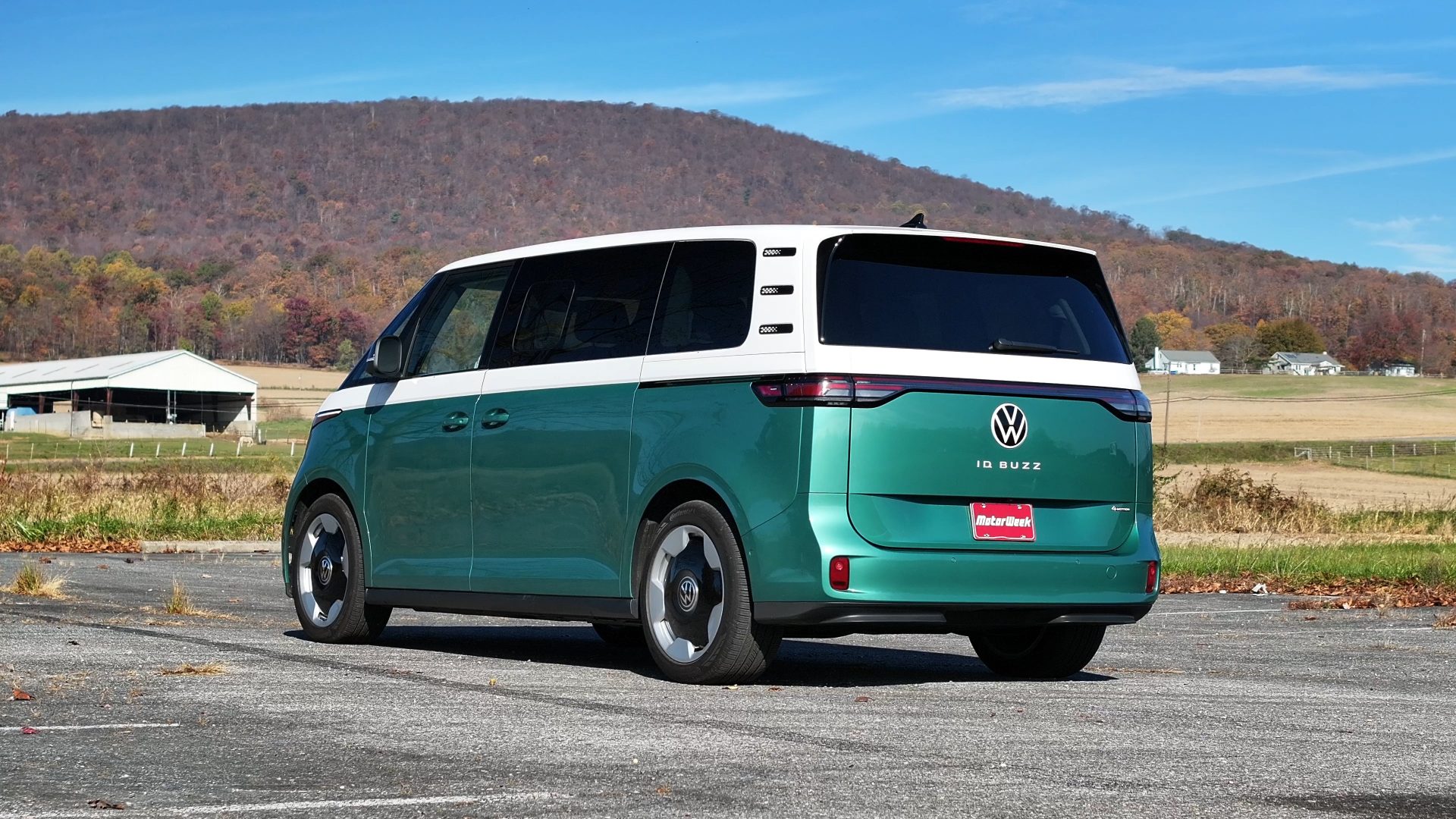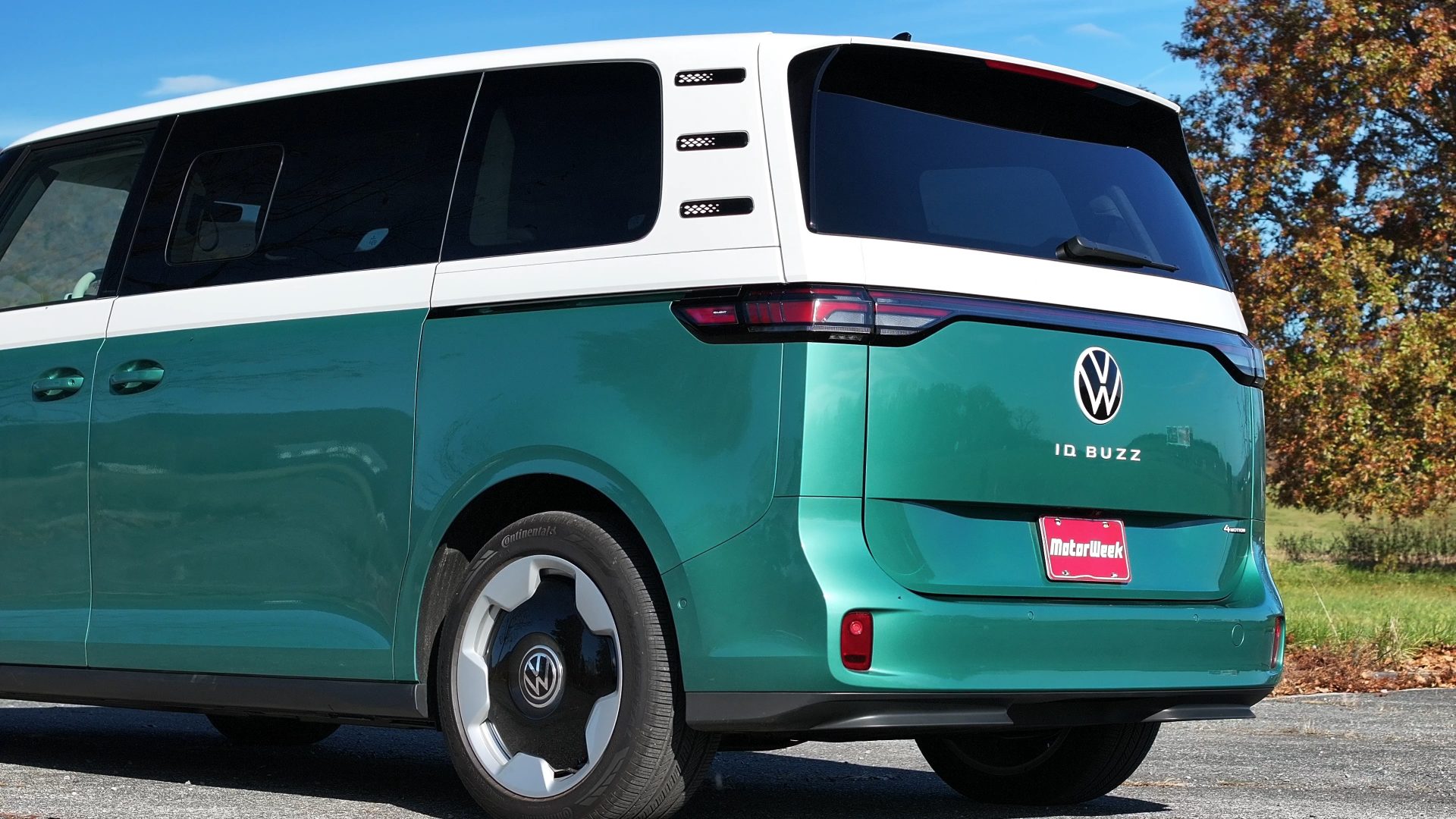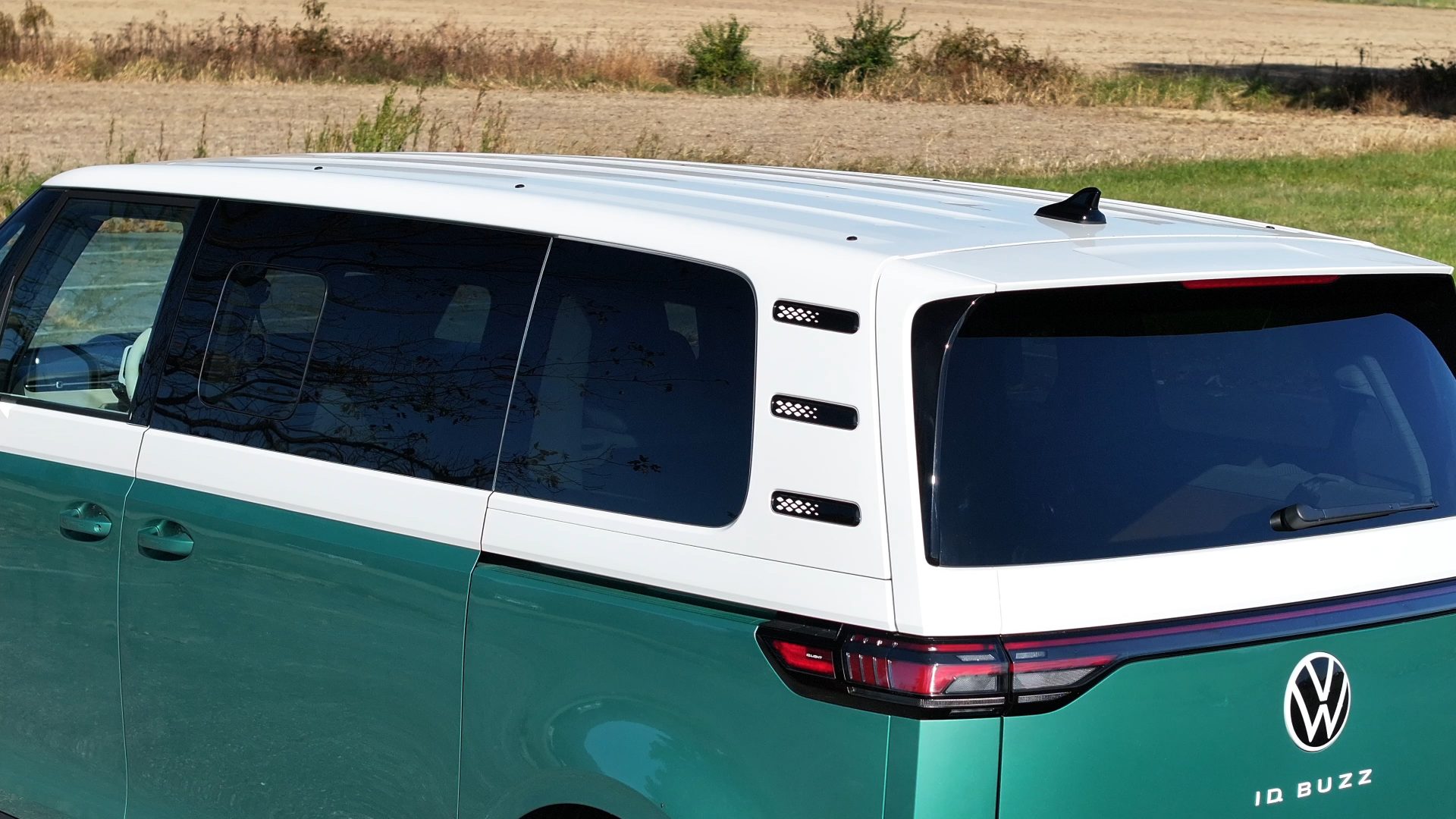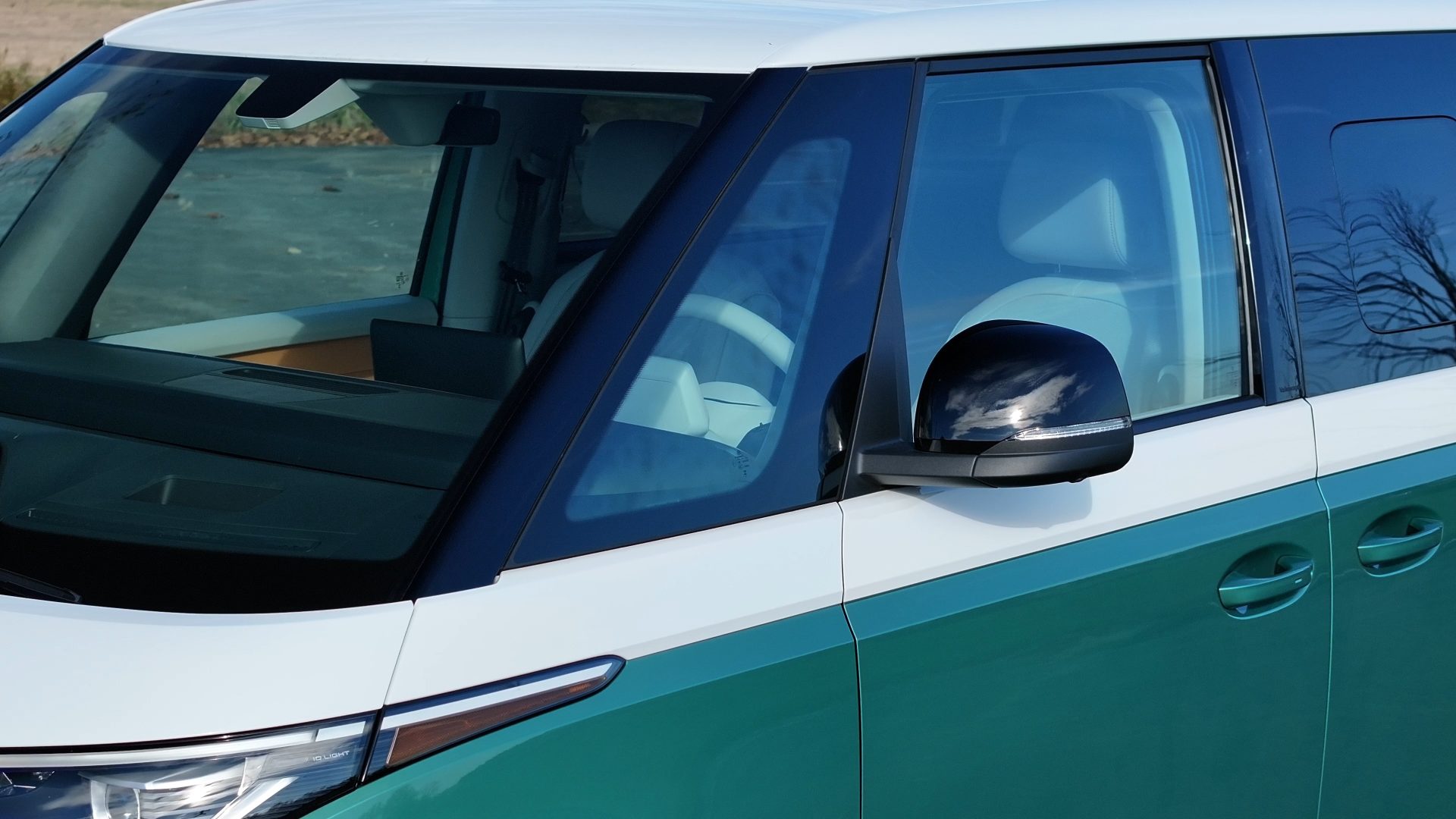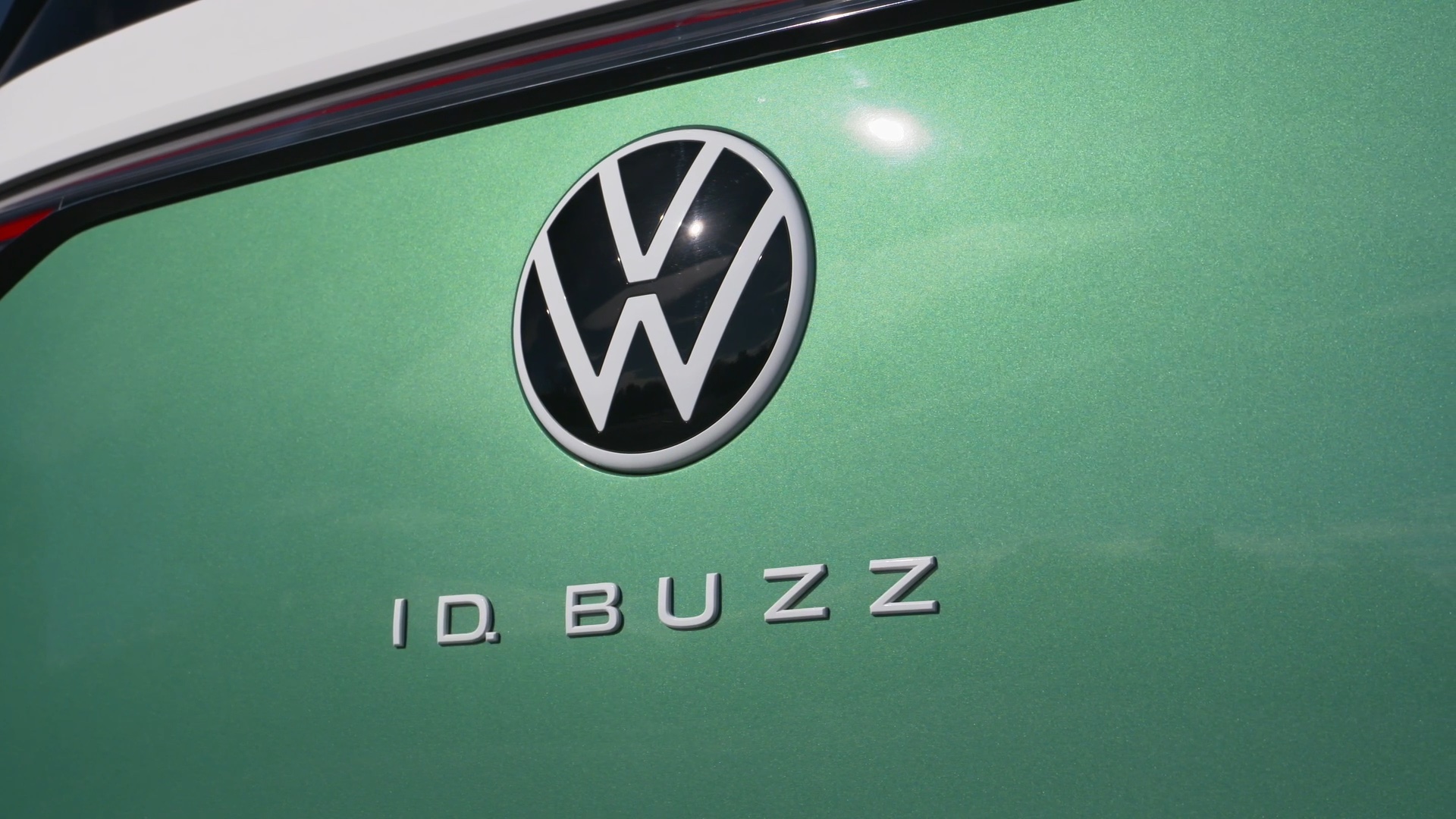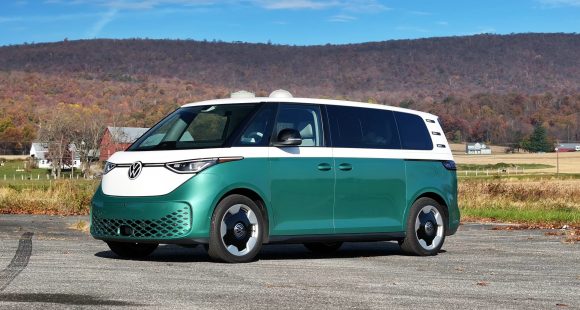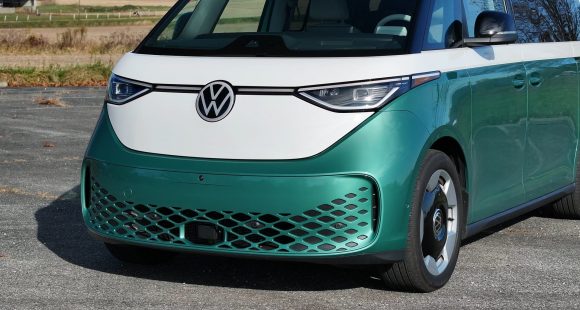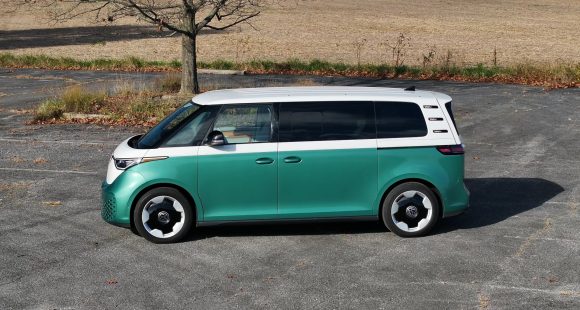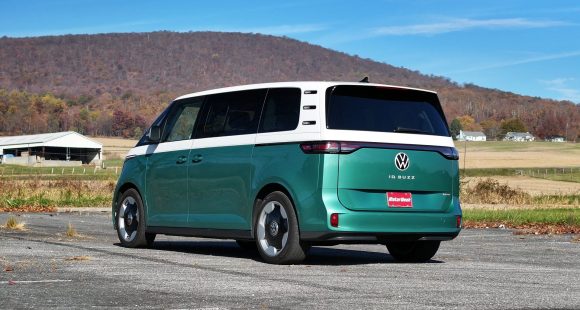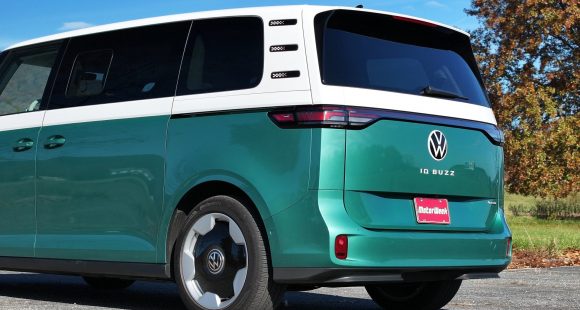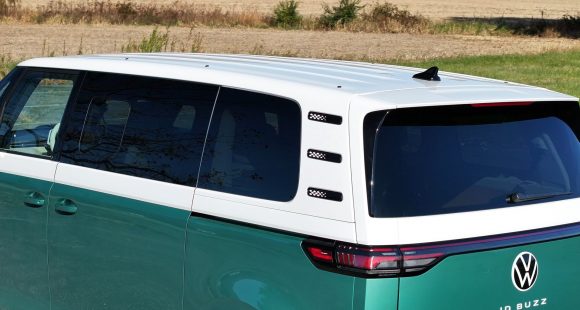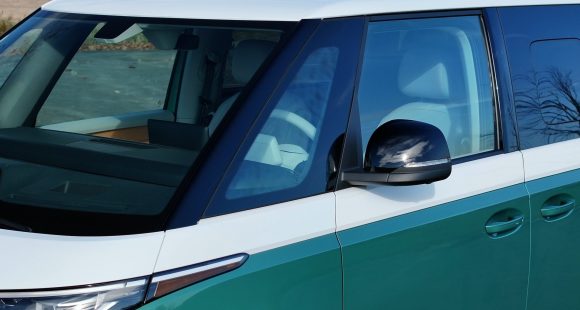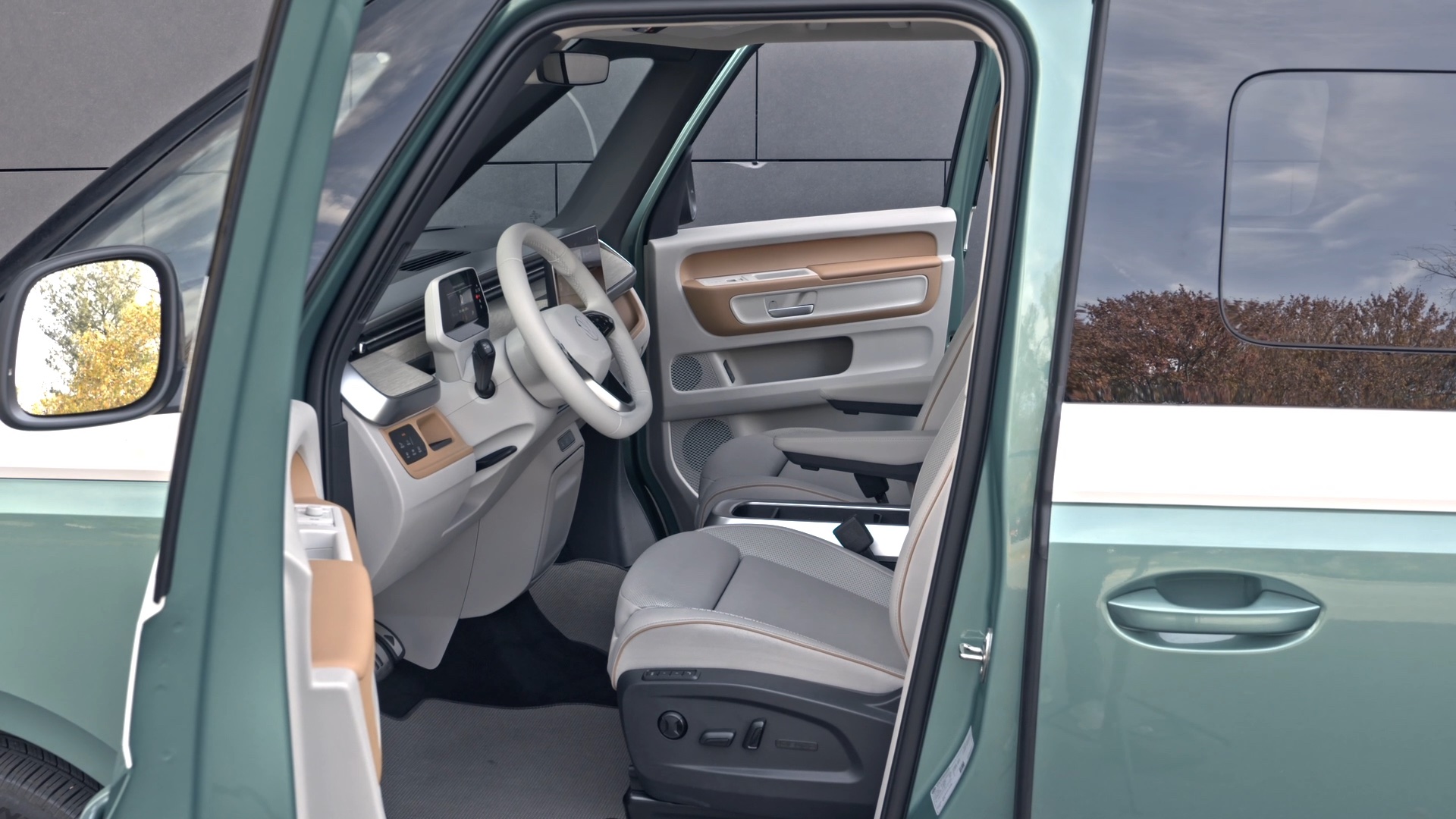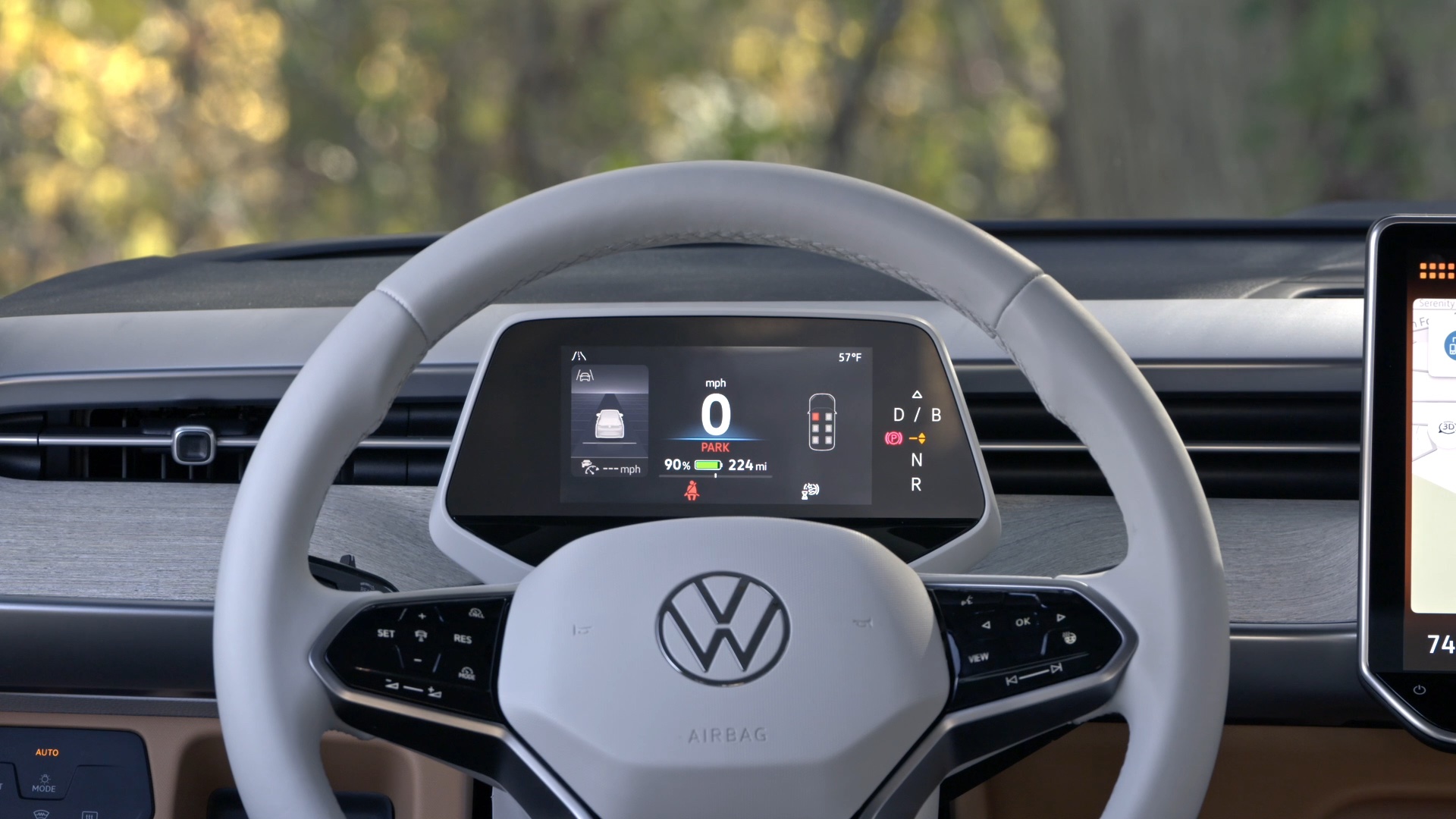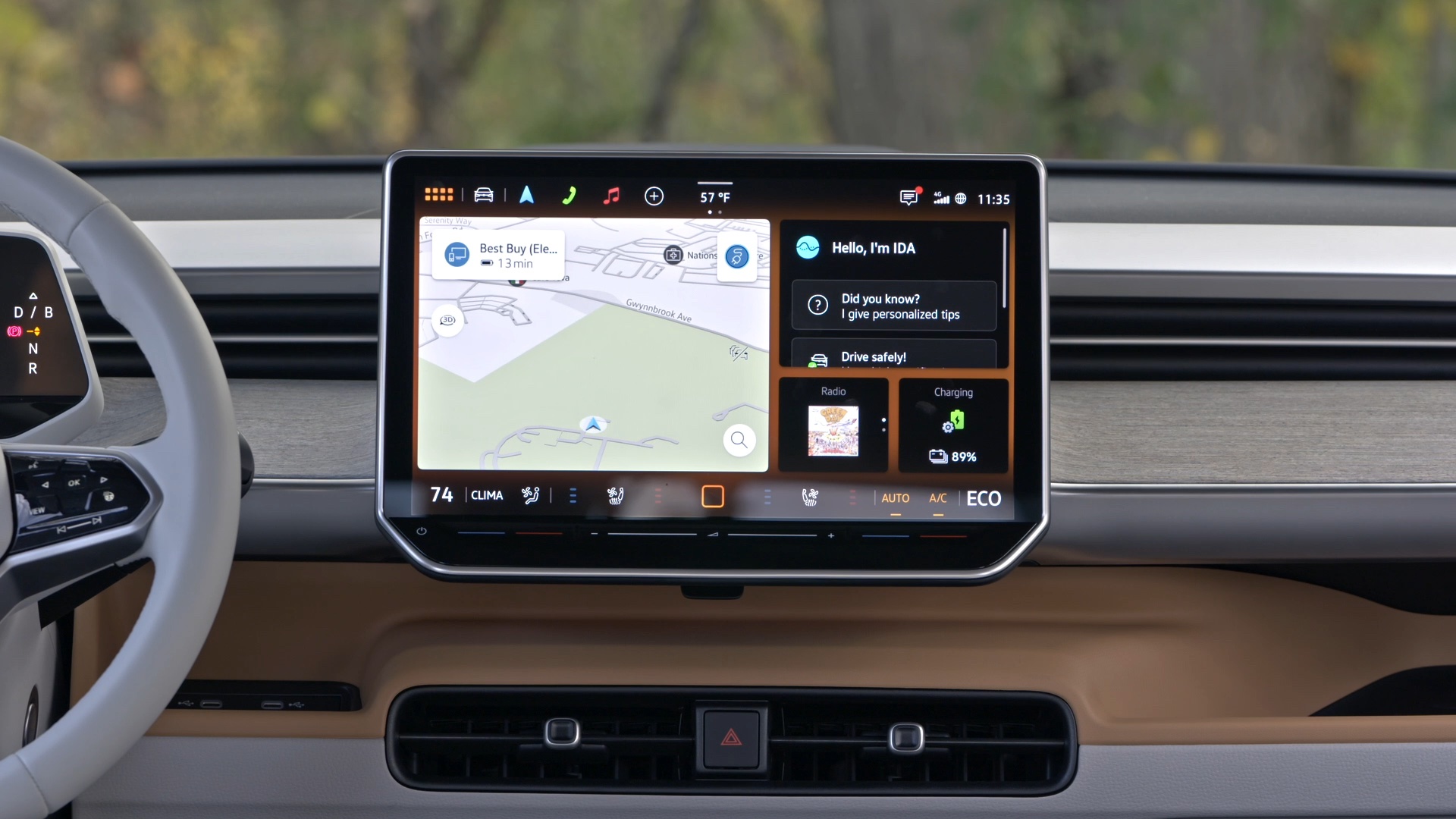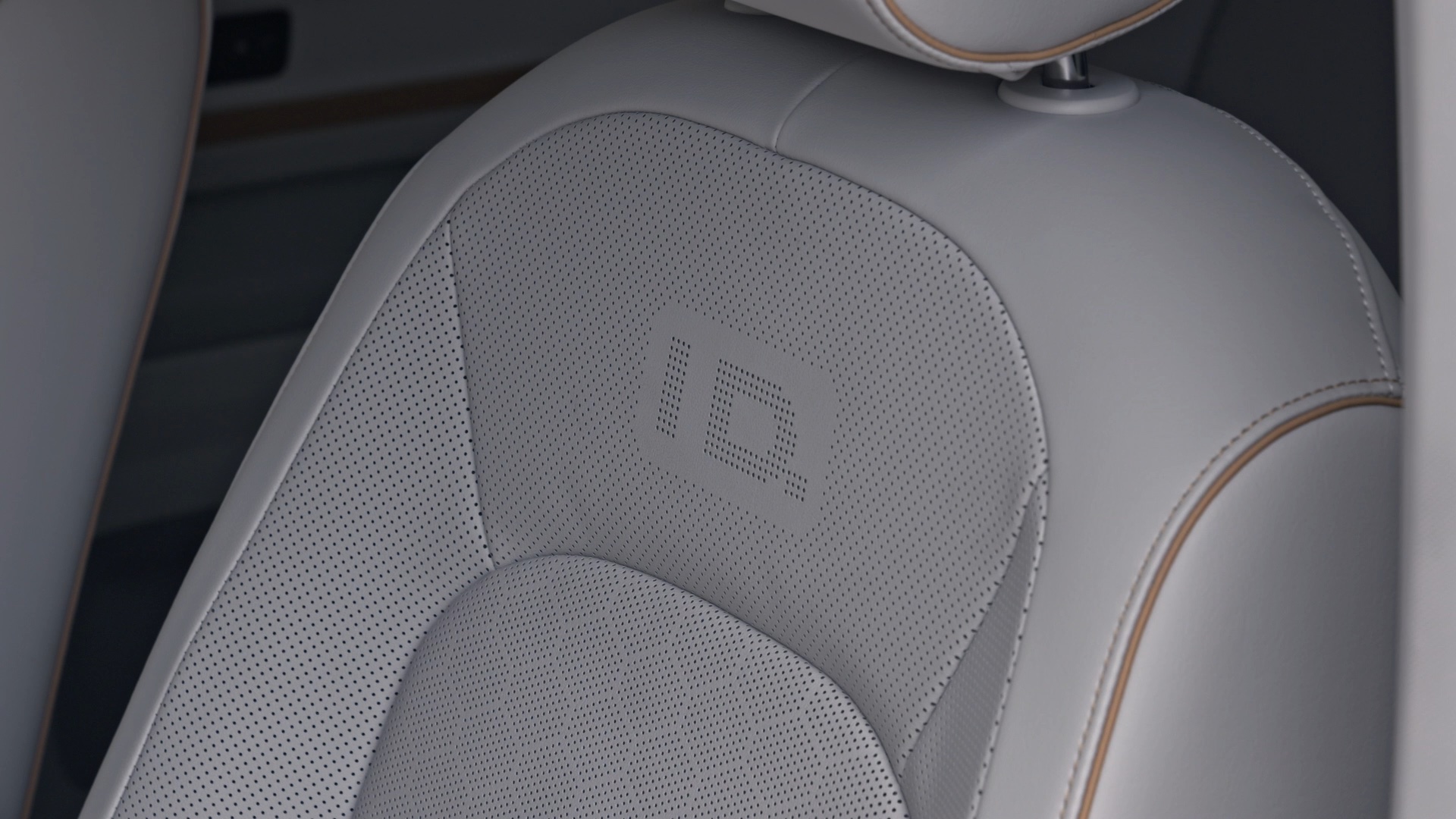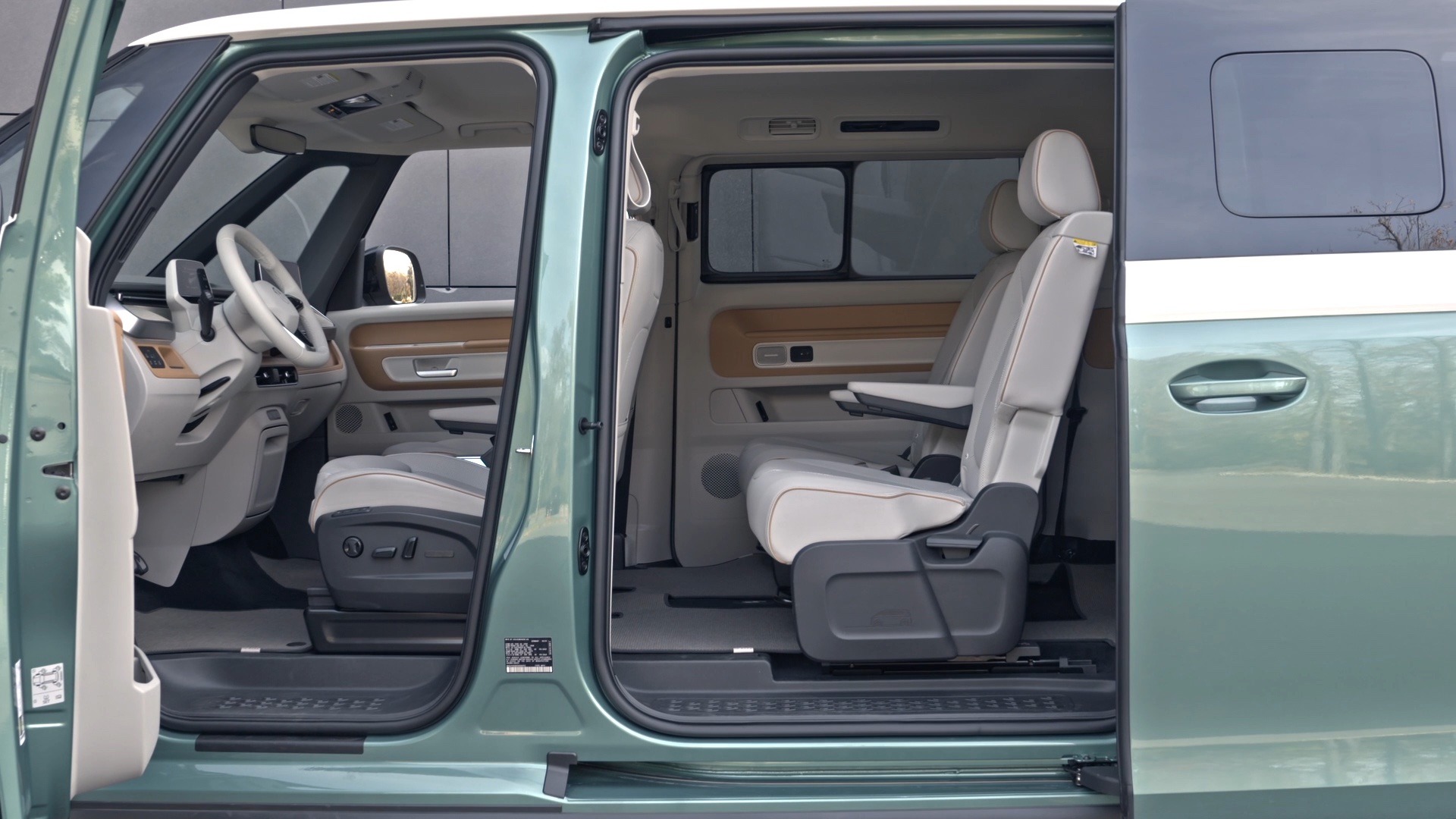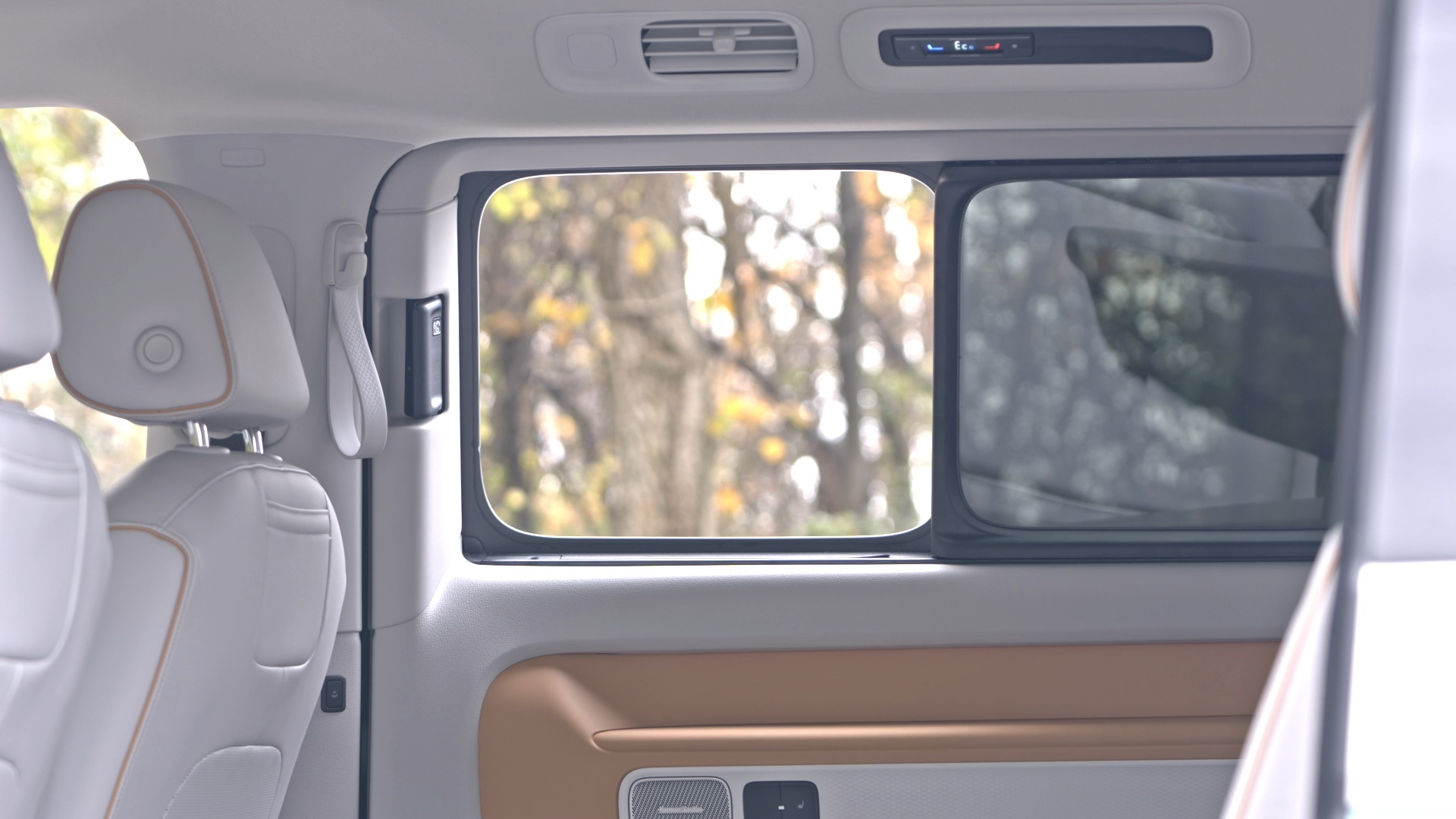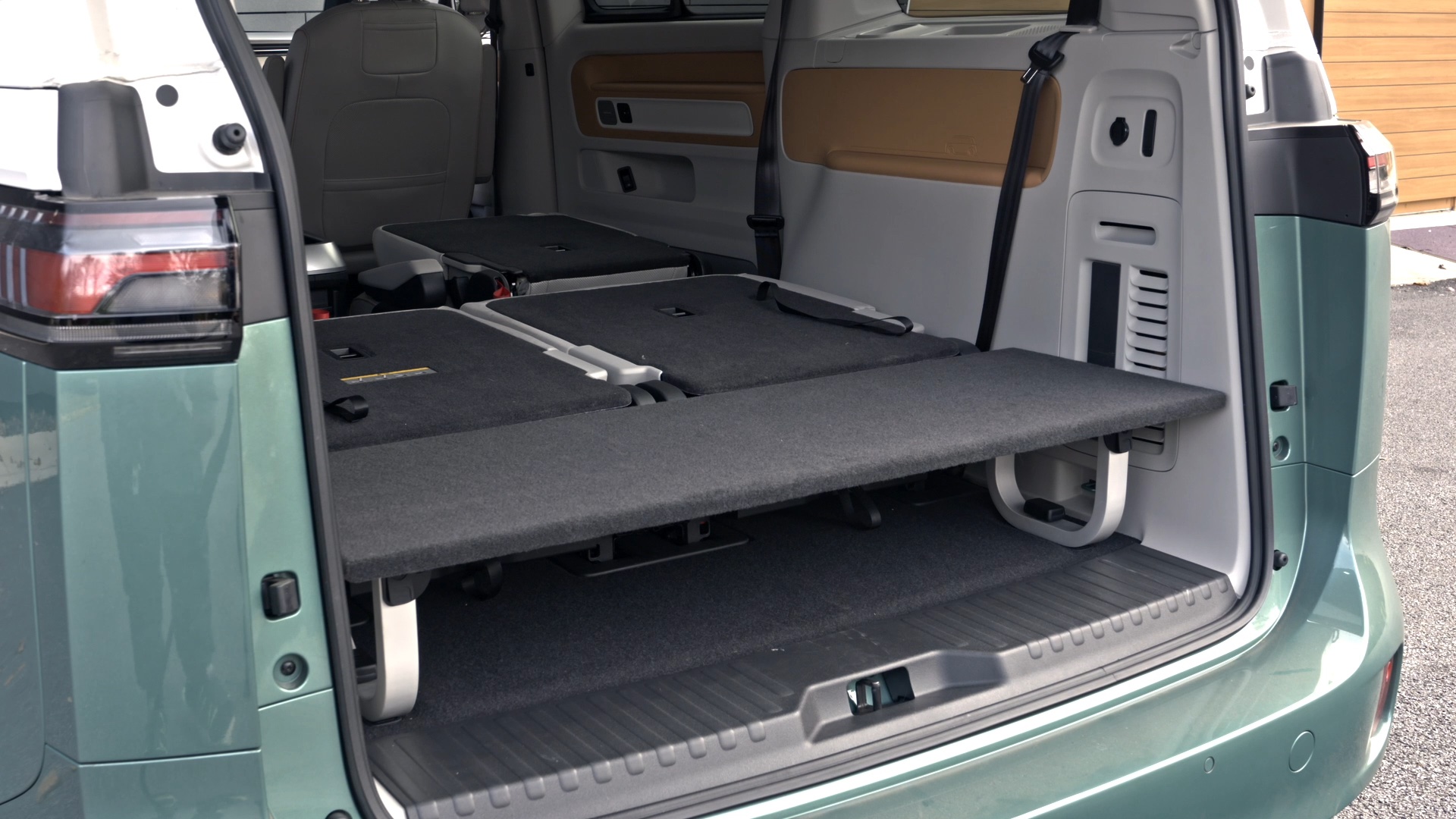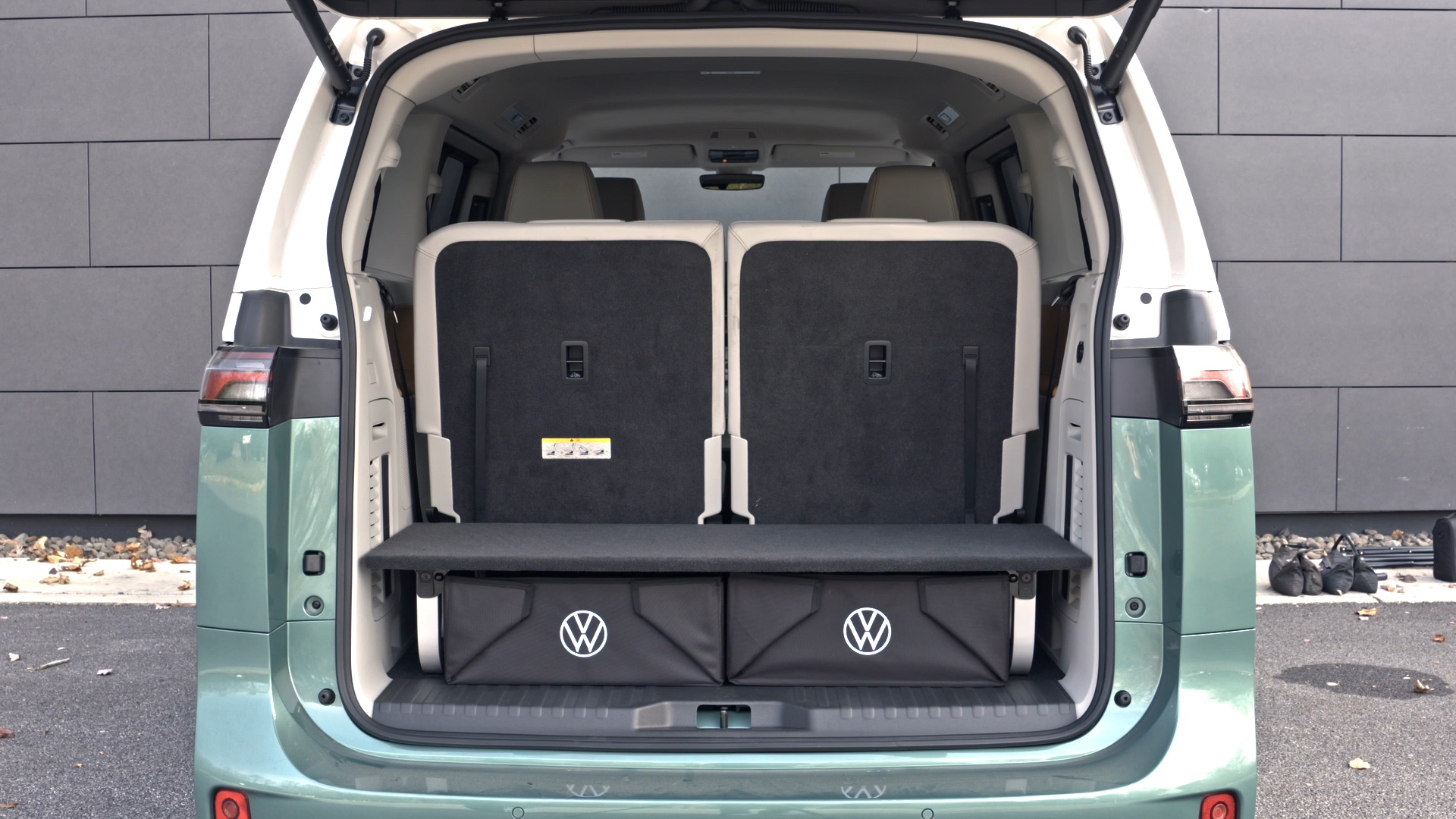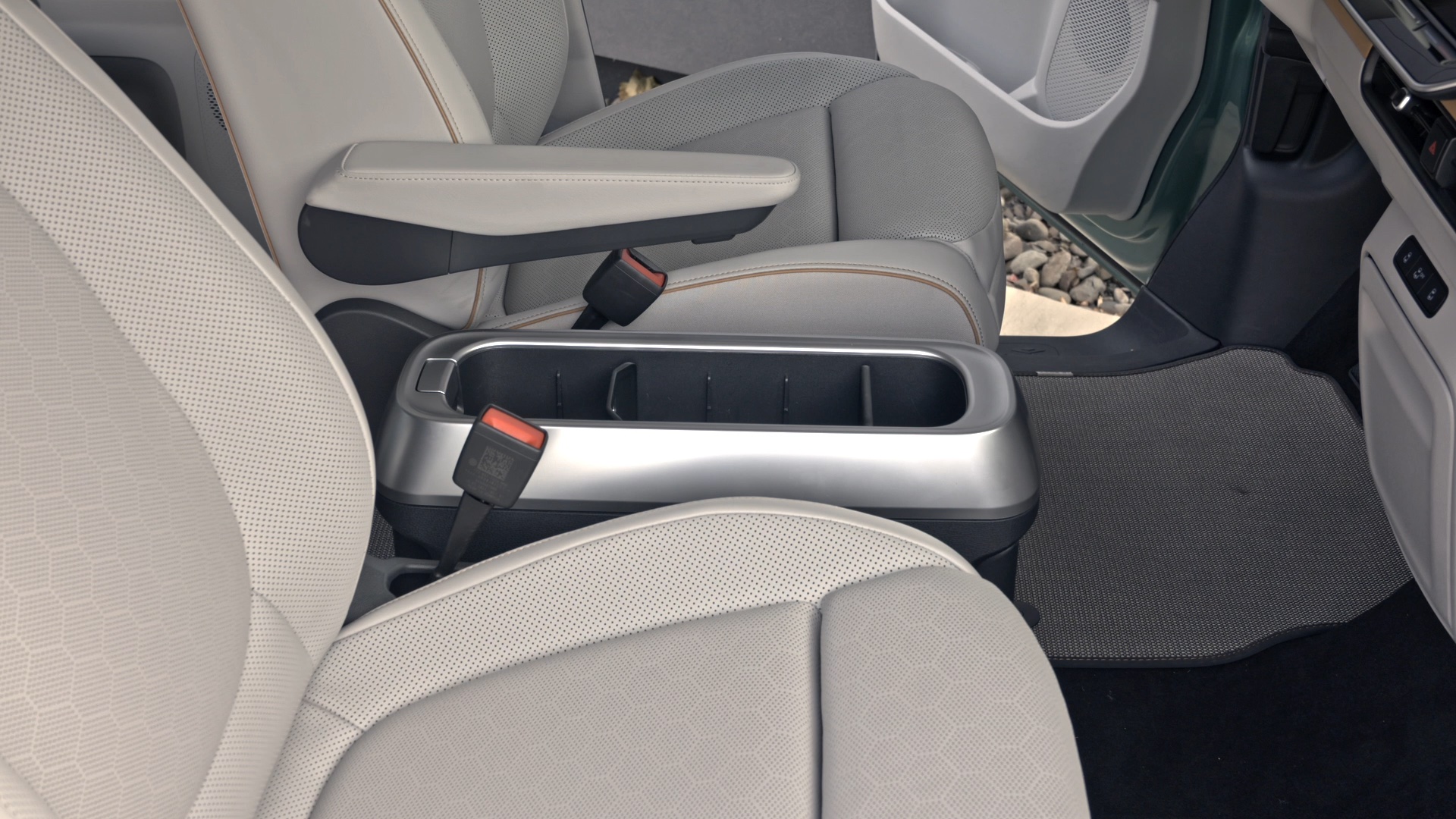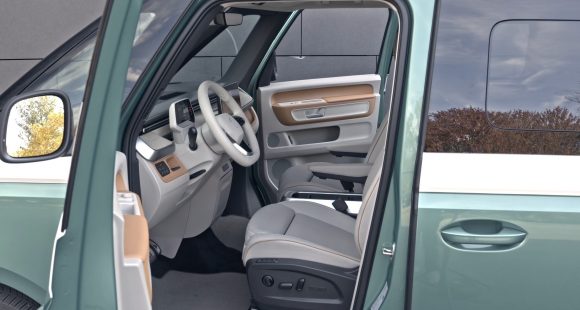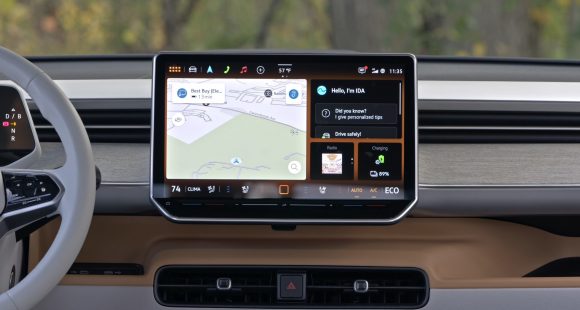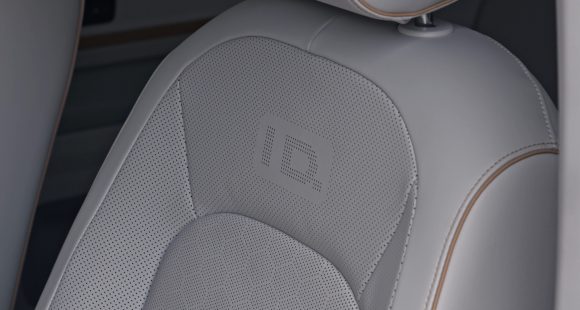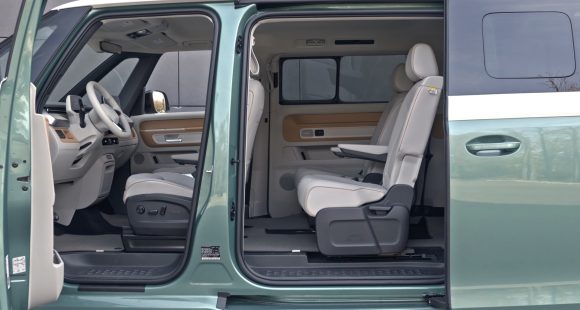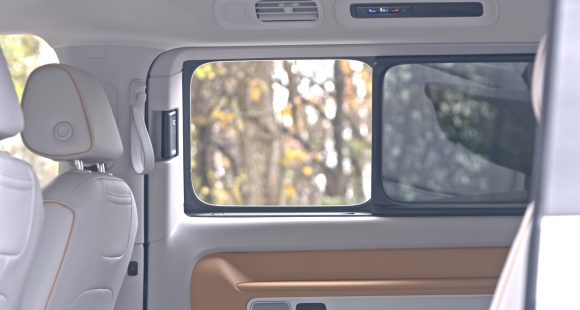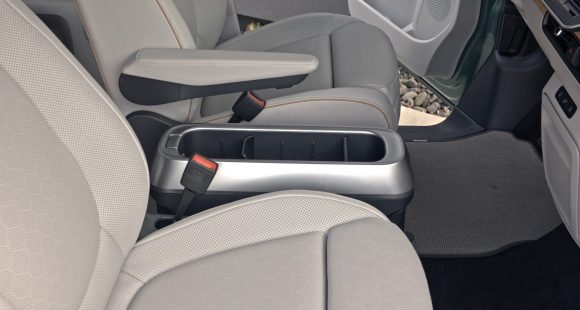2011 Cadillac CTS Coupe
Now in its second generation, the Cadillac CTS sedan has proven to be the pivot around which GM’s luxury brand has turned both status and market share. And like any smart car maker, they’ve built on that success by adding a high performance V-series variant, a sport wagon, and now a slick two-door coupe. While the luxury-sport coupe market is small, it makes up for volume with big buyer impact. So now’s our chance to see if the new CTS coupe hits its mark.
For starters, the 2011 Cadillac CTS Coupe is a stunner. Its dynamic Art & Science front fascia transfers over nearly unchanged from its four- and five-door stablemates. But, from there back, everything else has been honed to give this luxury sport coupe an even more aggressive stance. A faster windshield drops the Coupe’s roofline two inches from the sedan’s, a clipped rear overhang cuts three inches stem to stern, while the rear track steps out two inches.
So, despite being built on the Sigma chassis 113.4-inch wheelbase used by the sedan and wagon, the CTS Coupe looks like its own animal. One with claws shod with stylish 18- and 19-inch alloys that completely fill the wheel wells with wider tires at the rear. And they all hide massive disc brakes that reside at all four corners.
In profile, the wedge-shaped Coupe bears simpler lines than its siblings with a knife-edged, fast back roof NASCAR could love. Touch-pad handles tucked on the trailing edges of the Coupe’s long doors keep the big coupe’s lines shaved to design-sketch simplicity. Roll down the windows for a B-pillar-less true hardtop look.
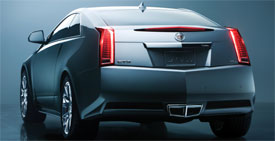 At the rear, the Coupe’s unique character is further defined. A chevron-shaped stop-light spoiler mounts atop the tall decklid, set between trademark vertical taillights, and above angular twin center-exit exhaust ports.
At the rear, the Coupe’s unique character is further defined. A chevron-shaped stop-light spoiler mounts atop the tall decklid, set between trademark vertical taillights, and above angular twin center-exit exhaust ports.
The CTS sedan and sport wagon’s optional 3.6-liter, direct-injected, twin-cam V6 is a Coupe standard, delivering the same 304 horsepower and 273 lb-ft of torque. Like all world-class luxury sport coupes, manual transmissions are in play. Rear drive Coupes sport a revised Aisin six-speed manual as standard.The all-wheel drive Coupe comes with a six-speed manual-shift automatic, which is also optional with rear-wheel drive.
Government Fuel Economy Ratings are 16 City/25 Highway for the manual, and 18 City/27 Highway for the automatic, all on regular gas.
To fit a more aggressive behavior, the coupe’s suspension gets a number of key upgrades, including smaller-diameter front, and larger-diameter rear sway bars, along with stiffer dampers all around. A limited-slip differential and stability and traction control naturally are standard.
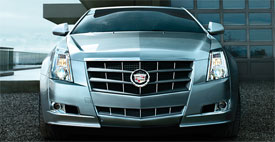 Together they give the CTS Coupe an even more planted feel than the sedan. We noted on our Napa Valley, California preview drive that there is some tradeoff in ride comfort, but it’s acceptable given the CTS coupe’s sharper response and decreased body roll when compared to the sedan. Front and rear balance seems near perfect as this car slingshots around corners and down the road. Zero to 60 is dispatched in six seconds with the manual.
Together they give the CTS Coupe an even more planted feel than the sedan. We noted on our Napa Valley, California preview drive that there is some tradeoff in ride comfort, but it’s acceptable given the CTS coupe’s sharper response and decreased body roll when compared to the sedan. Front and rear balance seems near perfect as this car slingshots around corners and down the road. Zero to 60 is dispatched in six seconds with the manual.
As you would expect, the supercharged V-Series treatment kicks this coupe’s fine performance equation up another couple of notches. We’ll cover that car in detail in a few weeks.
Inside, the CTS’ dynamically flared interior treatment is back. With thick-rimmed wheel, motorcycle-like analog gauges under a no glare hood, and a water-fall center stack, everything looks both serious and inviting, including optional Bose 5.1 surround sound, 40-gig hard drive, and pop-up navigation.
The standard front bucket seats are comfortable, but a bit flat. We prefer the optional Recaro Sport seats. They are thickly-bolstered and do a proper job of keeping you in place during enthusiastic driving.
Even though this is a 2+2, rear seat legroom shrinks by less than an inch compared to the sedan. But, the coupe’s sexy roofline cuts rear headroom down by over 2 1/2 inches. Still, the CTS Coupe has more rear legroom than either the BMW 3-Series or Infiniti G-Series Coupes. The flip-side of the fine interior equation is a small trunk- at 10.5 cubic feet. Still, for more stow and go, the Coupe’s rear seat does fold flat.
Prices for the 2011 CTS Coupe are competitive to rivals, starting at $38,990. All-wheel drive adds $1,900 more, while options can easily push it over 50 grand.
With a sedan, a wagon, and now a luxury sport coupe, the CTS stable looks complete. All of our favorite facets of the sedan have been left intact-or improved upon-for the new Coupe. The 2011 Cadillac CTS Coupe not only hits its mark, it blasts right through it.
Specifications
- Engine: 3.6-Liter Direct-injected Twin-cam V6
- Horsepower: 304
- Torque: 273 Lb Feet
- 0-60 MPH: 6.0 Seconds
- EPA: 16 MPG City/ 25 MPG Highway
2025 Volkswagen ID. Buzz
Volkswagen Brings Beetlemania Level Of Excitement To Minivan Segment
The duty of upholding Volkswagen’s heritage has most recently been delegated to small legacy car names like Golf and Jetta. But hold on! A much larger, totally modern take on VW’s classic microbus has just buzzed over the horizon— the all-electric ID. Buzz. It’s been at the top of our minds since we first saw the concept back in 2017. Well, it’s finally here, so let’s get our groove into drive!
This 2025 Volkswagen ID. Buzz has indeed created the most buzz around Volkswagen since the Beetle’s return to the U.S. in the late 1990s. We couldn’t drive it anywhere without drawing a crowd. No wonder, just about everyone has a VW Microbus story to tell, and seeing this reimagined version rolling down the street brings back all those memories.
VW really pulled it off as far as we’re concerned, as it looks great without appearing over the top. All the cues are here: Big VW logo front and center, lots of greenhouse including A-pillar windows and mini sliders for the second-row passengers, D-pillar air vents, and two-tone wheels. And while its appearance may be pure retro, its drivetrain is far from it, as the ID. Buzz is all-electric, and unlike the new Beetle, the Buzz does retain the original Microbus’ rear-drive architecture.
Powering those rear wheels is a 210-kW motor drawing juice from a 91-kWh battery for a range of 234 miles; 200-kW max charging will get you to 80% in about 26 minutes. Buyers can add another small 80-kW motor up front for 4motion all-wheel-drive and an increase of total output from 282 to 335 horsepower with a combined 512 lb-ft of torque. It uses the same battery, but range estimates drop just slightly to 231 miles. But while those numbers are modest, we also found them to be quite conservative, as we observed as many as 287 miles available in our all-wheel-drive tester’s gauge display and were on pace for 273 miles in our driving loop.
One throwback theme that may be a turnoff to some is that it’s quite a step up into the Buzz’s front seats, but there’s certainly a commanding view of the road once you climb in. Second row seating can be either a three-place bench or a pair of captain’s chairs, so there’s generous room for seven or six passengers. The captain’s chairs in our Pro S Plus offer good support and very easy access to the third row.
Lots of flexibility too with the option to simply fold the seats or remove them altogether.
With the sliding side doors and a wide opening rear hatch, there’s plenty of access for loading big sport utility amounts of cargo. Lots of flexibility too with the option to simply fold the seats or remove them altogether, and the ability to create a full-length flat floor with a rear cargo shelf that covers some handy removable storage bins. There’s 18.6 cubic-feet of space behind the third row, 75.5 behind the second, and a max of 145.5. That’s more than a Chevrolet Tahoe. For smaller items, there are lots of cubbies throughout the cabin, along with a standard Buzz Box that can be moved to multiple locations.
With a design that prioritizes retro form and modern function over aero efficiency, the 4motion equipped ID. Buzz earns a Fair efficiency rating, using 42-kWh of electricity per 100 miles, and we weren’t sure what to expect at our Mason Dixon test track.
What we found was great torque off the line and drama free launches to 60 in just 5.3 seconds. It was very stable at speed and power delivery stayed steady most of the way down the track until we reached about 90 mph, when it began to taper off just before we finished the quarter-mile in 14.0 seconds flat at 97 mph.
With 1,200-lbs. of battery weight nestled in its 127.5-inch wheelbase, the Buzz felt planted to the pavement through our handling course. There was quite a bit of body roll to deal with, but surprisingly little understeer. In panic braking runs, pedal response was inconsistent, feeling soft at times, pushing back hard at others; but through it all, results were quite good, stopping from 60 in an average of just 108 feet.
Three interior themes are available, this Dune is the brightest, featuring coastal inspired wood optic dash décor, “gray and clay” leatherette surfaces, and a high-mounted central 12.9-inch touchscreen. Pricing starts with a rear-wheel-drive Pro S at $61,545; this Pro S Plus begins at $65,045, add another $4,500 for 4motion, which brings a few extra features along with all-wheel drive.
Retro design with old-school VW charm, modern EV drivetrain, big SUV capacity merged with minivan flexibility; it all comes together in this 2025 Volkswagen ID. Buzz. It’s easily one of the coolest rides of the year and one that will likely keep Volkswagen dealers buzzing for years to come, and that’s something no other people and things mover can say.
Specifications
As Tested
- Motor Setup: Dual-Motor AWD
- Battery Size: 91-kWh
- Horsepower: 335
- Torque: 512 lb-ft
- EPA Range: 231 miles
- 0-60 mph: 5.3 seconds
- 1/4 Mile: 14.0 seconds at 97 mph
- Braking, 60-0: 108 feet
- MW Test Loop: ~ 273 miles







